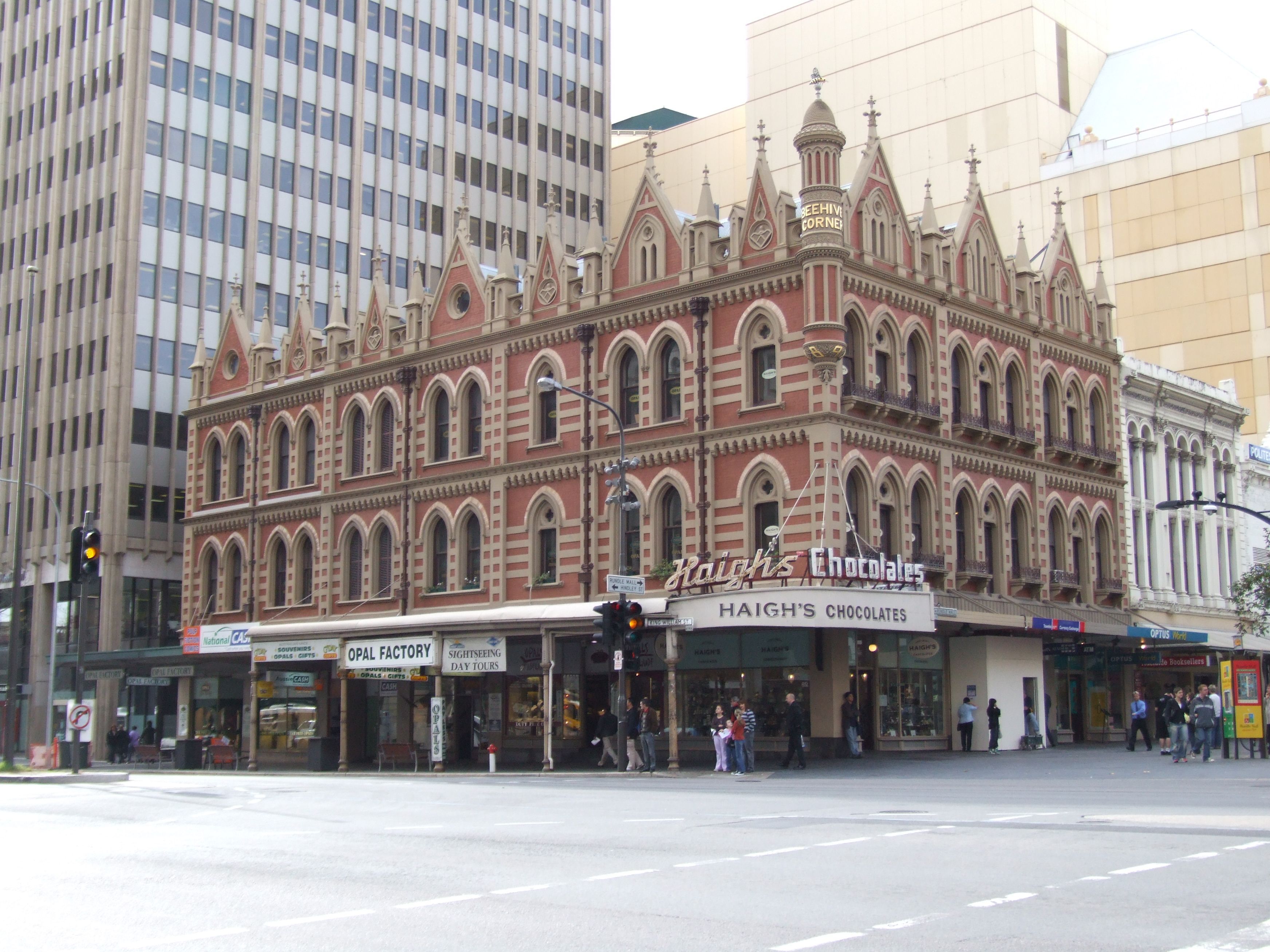
Adelaide
Visit the guide
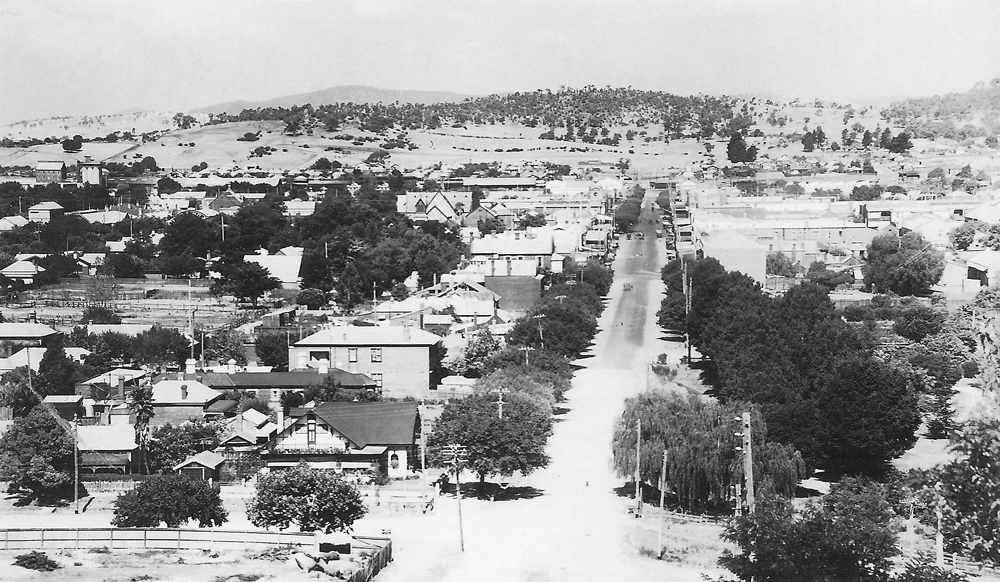
Albury-Wodonga
Visit the guide

Ballarat
Visit the guide

Bendigo
Visit the guide
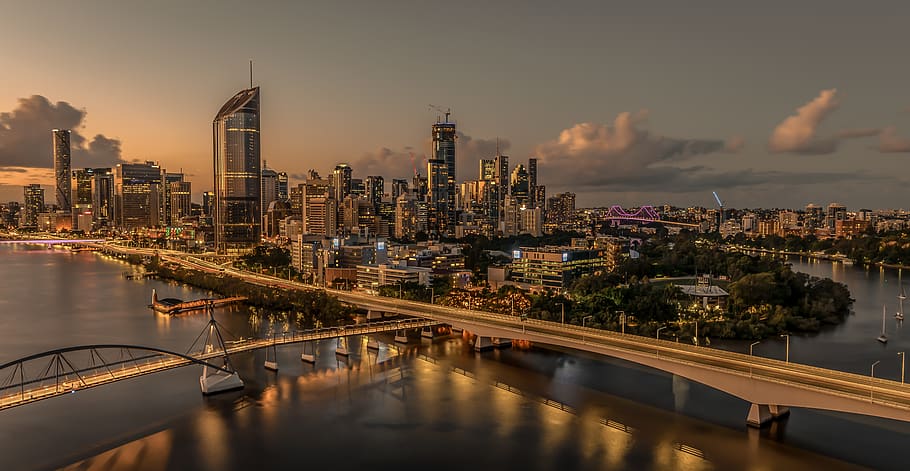
Brisbane
Visit the guide

Bunbury
Visit the guide

Bundaberg
Visit the guide

Cairns
Visit the guide

Canberra-Queanbeyan
Visit the guide

Coffs Harbour
Visit the guide

Darwin
Visit the guide

Geelong
Visit the guide

Gladstone-Tannum Sands.
Visit the guide

Gold Coast-Tweed Heads
Visit the guide

Hervey Bay
Visit the guide

Hobart
Visit the guide

Launceston
Visit the guide

Mackay
Visit the guide

Melbourne
Visit the guide

Mildura-Wentworth
Visit the guide

Newcastle-Maitland
Visit the guide
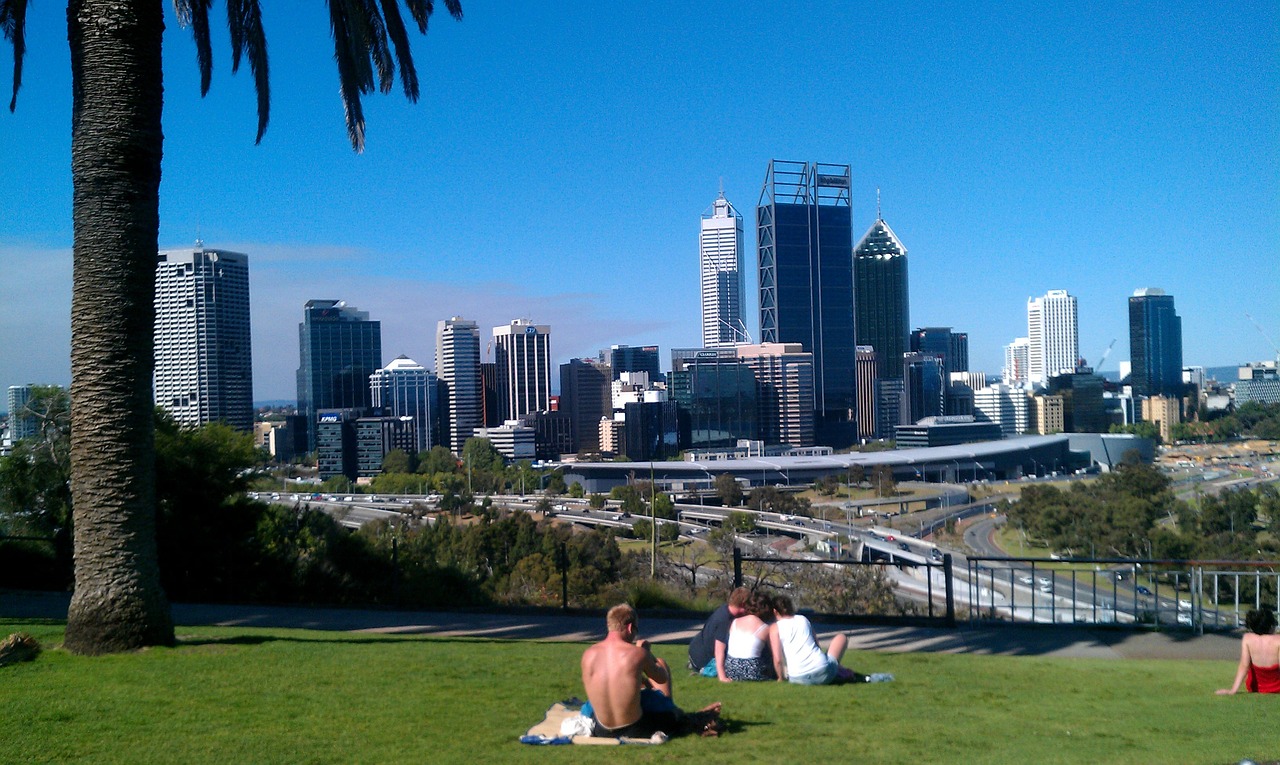
Perth
Visit the guide

Port Macquarie
Visit the guide

Rockhampton
Visit the guide
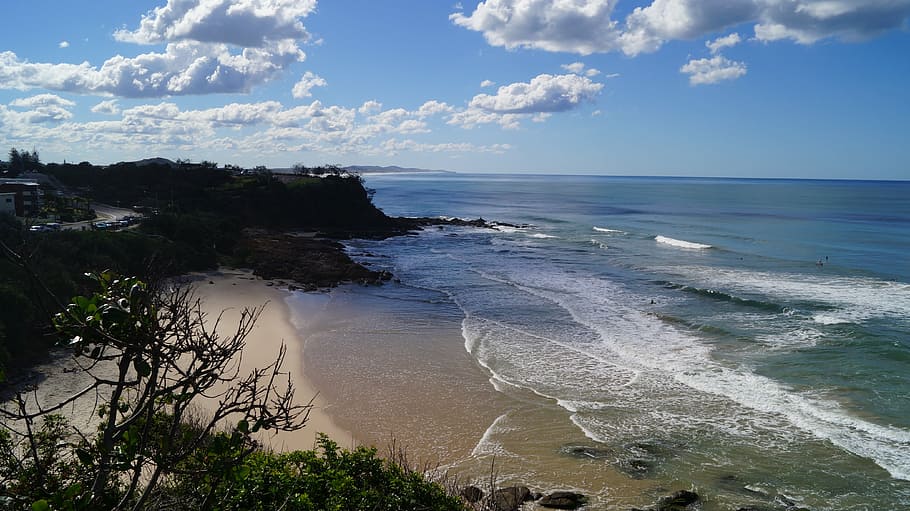
Sunshine Coast
Visit the guide

Sydney
Visit the guide
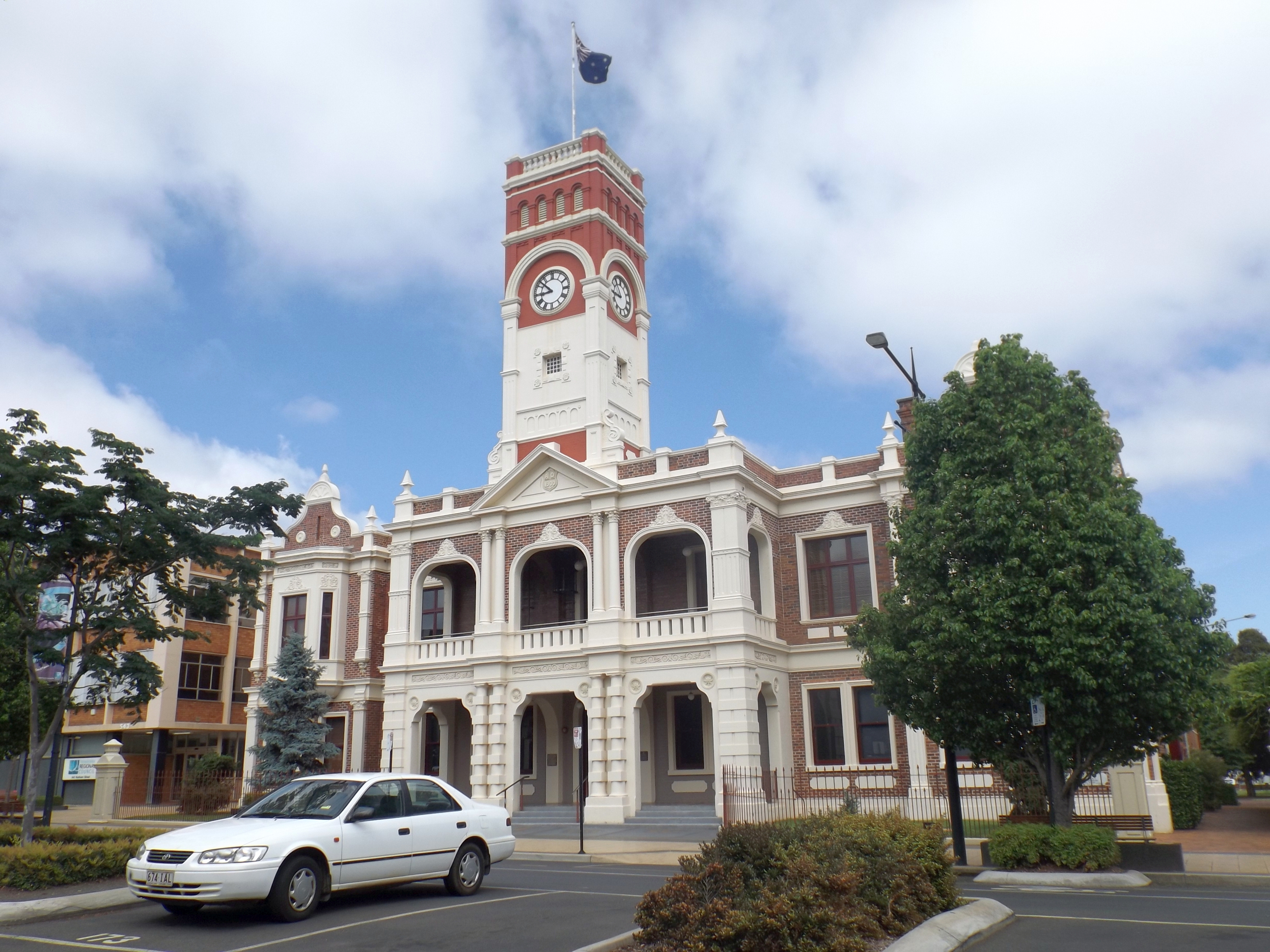
Toowoomba
Visit the guide

Townsville
Visit the guide

Wagga Wagga
Visit the guide

Wollongong
Visit the guide
festivites
1. Australia Day: celebrated on January 26th, it commemorates the arrival of the First Fleet of British ships at Port Jackson in 1788. Celebrations include fireworks, parades, concerts, and citizenship ceremonies.
2. ANZAC Day: commemorated on April 25th, it honors the Australian and New Zealand Army Corps who served and died in wars, conflicts, and peacekeeping operations. The day is marked with dawn services, marches, and wreath-laying ceremonies.
3. Easter: a Christian holiday that falls on different dates each year, typically in March or April. Australians celebrate with Easter eggs, hot cross buns, and church services.
4. Christmas: celebrated on December 25th, it marks the birth of Jesus Christ and is a time for family gatherings, gift-giving, and festive decorations. Australians often have barbecues or seafood feasts on Christmas day due to the warm weather.
5. Boxing Day: observed on December 26th, it's a public holiday where people usually recover from their Christmas festivities or participate in sports events, shopping, or outdoor activities.
6. Melbourne Cup Day: held on the first Tuesday of November, it's a horse racing event that's considered "the race that stops a nation". Australians often dress up, attend parties, and place bets on the horses.
7. New Year's Eve: celebrated on December 31st, it's a time for fireworks, parties, and countdowns to welcome the new year. The most famous fireworks display takes place in Sydney Harbour.
seasons
In Australia, the tourist seasons vary by region, but generally, there are three main seasons:
1. Summer (December to February): Summer is the peak tourist season in most parts of Australia, especially in coastal areas. The temperatures can be very high, and the beaches will be crowded. It is recommended to book accommodation and activities well in advance.
2. Autumn (March to May): Autumn is a great time to visit Australia, with moderate temperatures and fewer crowds. The autumn foliage in some regions is also a drawcard. It is recommended to visit during March or April to avoid school holiday crowds.
3. Winter (June to August): Winter is a good time to visit the northern parts of Australia, such as Darwin and Cairns, where the weather is mild and dry. However, the southern parts of the country can get cold, and some activities may not be available due to seasonal closures. It is recommended to bring warm clothing if visiting southern areas.
It's worth noting that Australia is a vast country, and the seasons can vary dramatically between different regions. It's important to research the specific regions you plan to visit and plan accordingly.
visa
Here are some special visa rules for citizens of certain countries who want to visit Australia:
1. Electronic Travel Authority (ETA): Citizens from several countries, including the United States, Canada, and Japan, can apply for an ETA online for a fee of AUD $20.
2. Visitor Visa (subclass 600): Citizens from countries that are not eligible for an ETA must apply for a visitor visa. The cost of this visa ranges from AUD $140 to AUD $1,065 depending on the applicant's circumstances.
3. Work and Holiday Visa (subclass 462): Citizens from certain countries between the ages of 18 and 30 can apply for a work and holiday visa. The cost of this visa is AUD $485.
4. Student Visa (subclass 500): Citizens who wish to study in Australia must apply for a student visa. The cost of this visa ranges from AUD $620 to AUD $1,575 depending on the length of stay.
Please note that these costs are subject to change and may vary depending on individual circumstances.
souvenirs
1. Aboriginal Art: Prices can vary depending on the size and complexity of the artwork. You can find authentic pieces at galleries or markets, with prices ranging from AUD 50 to thousands of dollars.
2. Tim Tams: A popular chocolate biscuit that can be found in most supermarkets and souvenir shops. A packet of Tim Tams costs around AUD 3 - 5.
3. Ugg boots: Made from sheepskin, these boots are a comfortable and warm souvenir. Prices start at around AUD 100 and can be found in many shoe stores throughout Australia.
4. Akubra hat: Iconic Australian hats made from rabbit fur felt. Prices range from AUD 150 to over AUD 500, and you can find them at specialty shops or online.
5. Kangaroo leather products: Wallets, belts, and bags made from kangaroo leather are durable and unique souvenirs. Prices vary depending on the item and quality, with wallets starting at around AUD 40.
6. Boomerang: A traditional Indigenous tool that can be used for hunting or as a decorative item. Boomerangs can be found in souvenir shops and markets, with prices ranging from AUD 10 to AUD 50.
7. Opals: Australia is known for its opal deposits, making it an excellent place to purchase this gemstone. Prices vary depending on the type and quality of the opal, with prices starting at around AUD 50.
It's important to note that prices can vary depending on where you buy these souvenirs, so it's always a good idea to shop around and compare prices.
If you have 1 week
Great to hear that you are in Australia! Here is a one week itinerary for you:
Day 1: Visit the Great Barrier Reef - The Great Barrier Reef is one of the seven natural wonders of the world, and it's right in your backyard! You can snorkel or scuba dive to see the amazing marine life and colorful coral reefs. It's an experience you don't want to miss.
Day 2: Explore Sydney - Sydney is a vibrant city with so much to offer. You can climb the Sydney Harbour Bridge for a breathtaking view of the city, visit the iconic Opera House, and enjoy some delicious food at the famous Bondi Beach.
Day 3: Tour the Hunter Valley wine region - The Hunter Valley is Australia's oldest wine region and it's just a few hours' drive from Sydney. You can take a tour of the vineyards, taste some delicious wines, and learn about the history of winemaking in Australia.
Day 4: Visit Uluru - Uluru, also known as Ayers Rock, is a sacred site for the indigenous people of Australia. You can take a guided tour to learn about the history and cultural significance of this ancient monolith.
Day 5: Relax in Byron Bay - Byron Bay is a laid-back coastal town with stunning beaches, great food, and a friendly atmosphere. It's the perfect place to relax and unwind after a busy few days.
Day 6: Hike in the Blue Mountains - The Blue Mountains are just a short train ride from Sydney, but they feel like a world away. You can hike through the beautiful bushland and enjoy stunning views of the mountains and valleys.
Day 7: Learn about Australian wildlife at Taronga Zoo - Taronga Zoo is home to over 4,000 animals, including kangaroos, koalas, and platypuses. You can take a guided tour to learn about the unique Australian wildlife and their habitats.
These are just a few suggestions, but I hope it gives you some inspiration for your one week itinerary in Australia. Enjoy your travels!
If you have 2 weeks
Hello! As a DAN, I am thrilled to suggest an exciting two-week itinerary for you. Here are my recommendations:
Week 1:
- Sydney: Begin your trip in Australia's largest city, where you can visit the iconic Opera House, climb the Harbour Bridge, and take a stroll in the beautiful Royal Botanic Gardens.
- Great Barrier Reef: Fly north to Cairns and experience the stunning natural beauty of the Great Barrier Reef. Take a snorkeling or diving tour to see the colorful coral and marine life up close.
- Uluru: Head to the Northern Territory and witness the magnificent Uluru at sunset, a sacred site for the Aboriginal people. Learn about their culture and traditions through guided tours or cultural performances.
Week 2:
- Bali: Hop on a short flight to Bali and relax on the gorgeous beaches, go surfing, explore the temples, enjoy delicious local cuisine, and indulge in spa treatments.
- Tokyo: End your trip with a vibrant city experience in Tokyo, Japan. Explore the bustling streets, visit historic temples and shrines, sample the delicious food, and shop for unique souvenirs.
I recommend these places because they offer a diverse range of experiences, from natural wonders to city adventures. You will have the chance to learn about different cultures, try new foods, and create unforgettable memories. These destinations are also relatively safe and open to visitors regardless of the current country situation. Have a great trip!
Culture
The country is home to a diversity of cultures, a result of its history of immigration. Prior to 1850, Australia was dominated by Indigenous cultures. Since then, Australian culture has primarily been a Western culture, strongly influenced by Anglo-Celtic settlers. Other influences include Australian Aboriginal culture, the traditions brought to the country by waves of immigration from around the world, and the culture of the United States. The cultural divergence and evolution that has occurred over the centuries since European settlement has resulted in a distinctive Australian culture.
Australia has over 100,000 Aboriginal rock art sites, and traditional designs, patterns and stories infuse contemporary Indigenous Australian art, "the last great art movement of the 20th century" according to critic Robert Hughes; its exponents include Emily Kame Kngwarreye. Early colonial artists showed a fascination with the unfamiliar land. The impressionistic works of Arthur Streeton, Tom Roberts and other members of the 19th-century Heidelberg School—the first "distinctively Australian" movement in Western art—gave expression to nationalist sentiments in the lead-up to Federation. While the school remained influential into the 1900s, modernists such as Margaret Preston, and, later, Sidney Nolan, explored new artistic trends. The landscape remained central to the work of Aboriginal watercolourist Albert Namatjira, as well as Fred Williams, Brett Whiteley and other post-war artists whose works, eclectic in style yet uniquely Australian, moved between the figurative and the abstract.
Australian literature grew slowly in the decades following European settlement though Indigenous oral traditions, many of which have since been recorded in writing, are much older. In the 19th-century, Henry Lawson and Banjo Paterson captured the experience of the bush using a distinctive Australian vocabulary. Their works are still popular; Paterson's bush poem "Waltzing Matilda" (1895) is regarded as Australia's unofficial national anthem. Miles Franklin is the namesake of Australia's most prestigious literary prize, awarded annually to the best novel about Australian life. Its first recipient, Patrick White, went on to win the Nobel Prize in Literature in 1973. Australian Booker Prize winners include Peter Carey, Thomas Keneally and Richard Flanagan. Australian public intellectuals have also written seminal works in their respective fields, including feminist Germaine Greer and philosopher Peter Singer.
Many of Australia's performing arts companies receive funding through the federal government's Australia Council. There is a symphony orchestra in each state, and a national opera company, Opera Australia, well known for its famous soprano Joan Sutherland. At the beginning of the 20th century, Nellie Melba was one of the world's leading opera singers. Ballet and dance are represented by The Australian Ballet and various state companies. Each state has a publicly funded theatre company.
The Story of the Kelly Gang (1906), the world's first feature-length narrative film, spurred a boom in Australian cinema during the silent film era. After World War I, Hollywood monopolised the industry, and by the 1960s Australian film production had effectively ceased. With the benefit of government support, the Australian New Wave of the 1970s brought provocative and successful films, many exploring themes of national identity, such as Wake in Fright and Gallipoli, while Crocodile Dundee and the Ozploitation movement's Mad Max series became international blockbusters. In a film market flooded with foreign content, Australian films delivered a 7.7% share of the local box office in 2015. The AACTAs are Australia's premier film and television awards, and notable Academy Award winners from Australia include Geoffrey Rush, Nicole Kidman, Cate Blanchett and Heath Ledger.
Australia has two public broadcasters (the Australian Broadcasting Corporation and the multicultural Special Broadcasting Service), three commercial television networks, several pay-TV services, and numerous public, non-profit television and radio stations. Each major city has at least one daily newspaper, and there are two national daily newspapers, The Australian and The Australian Financial Review. In 2020, Reporters Without Borders placed Australia 25th on a list of 180 countries ranked by press freedom, behind New Zealand (8th) but ahead of the United Kingdom (33rd) and United States (44th). This relatively low ranking is primarily because of the limited diversity of commercial media ownership in Australia; most print media are under the control of News Corporation and Nine Entertainment Co.
Most Indigenous Australian groups subsisted on a simple hunter-gatherer diet of native fauna and flora, otherwise called bush tucker. The first settlers introduced British and Irish cuisine to the continent. This influence is seen in the enduring popularity of several British dishes such as fish and chips, and in quintessential Australian dishes such as the Australian meat pie, which is related to the British steak pie. Post-war immigration transformed Australian cuisine. For instance, Southern European migrants helped to build a thriving Australian coffee culture which gave rise to Australian coffee drinks such as the flat white, while East Asian migration led to dishes such as the Cantonese-influenced dim sim and Chiko Roll, as well as a distinct Australian Chinese cuisine. Sausage sizzles, pavlovas, lamingtons, meat pies, Vegemite and Anzac biscuits are regarded as iconic Australian foods.
Australia is a leading exporter and consumer of wine. Australian wine is produced mainly in the southern, cooler parts of the country. The nation also ranks highly in beer consumption, with each state and territory hosting numerous breweries. Australia is also known for its cafe and coffee culture in urban centres.
Cricket and football are the predominant sports in Australia during the summer and winter months, respectively. Australia is unique in that it has professional leagues for four football codes. Originating in Melbourne in the 1850s, Australian rules football is the most popular code in all states except New South Wales and Queensland, where rugby league holds sway, followed by rugby union. Soccer, while ranked fourth in popularity and resources, has the highest overall participation rates. Cricket is popular across all borders and has been regarded by many Australians as the national sport. The Australian national cricket team competed against England in the first Test match (1877) and the first One Day International (1971), and against New Zealand in the first Twenty20 International (2004), winning all three games. It has also participated in every edition of the Cricket World Cup, winning the tournament a record five times.
Australia is one of five nations to have participated in every Summer Olympics of the modern era, and has hosted the Games twice: 1956 in Melbourne and 2000 in Sydney. It is also set to host the 2032 Games in Brisbane. Australia has also participated in every Commonwealth Games, hosting the event in 1938, 1962, 1982, 2006 and 2018. As well as being a regular FIFA World Cup participant, Australia has won the OFC Nations Cup four times and the AFC Asian Cup once—the only country to have won championships in two different FIFA confederations.
Other major international events held in Australia include the Australian Open tennis grand slam tournament and the Australian Formula One Grand Prix. The annual Melbourne Cup horse race and the Sydney to Hobart yacht race also attract intense interest. Australia is also notable for water-based sports, such as swimming and surfing. The surf lifesaving movement originated in Australia, and the volunteer lifesaver is one of the country's icons. Snow sports take place primarily in the Australian Alps and Tasmania.
Religion
Australia has no state religion; Section 116 of the Australian Constitution prohibits the federal government from making any law to establish any religion, impose any religious observance, or prohibit the free exercise of any religion.
At the 2021 Census, 38.9% of the population identified as having "no religion", up from 15.5% in 2001. The largest religion is Christianity (43.9% of the population). The largest Christian denominations are the Roman Catholic Church (20% of the population) and the Anglican Church of Australia (9.8%). Multicultural immigration since the Second World War has led to the growth of non-Christian religions, the largest of which are Islam (3.2%), Hinduism (2.7%), Buddhism (2.4%), Sikhism (0.8%), and Judaism (0.4%).
In 2021, just under 8,000 people declared an affiliation with traditional Aboriginal religions. In Australian Aboriginal mythology and the animist framework developed in Aboriginal Australia, the Dreaming is a sacred era in which ancestral totemic spirit beings formed The Creation. The Dreaming established the laws and structures of society and the ceremonies performed to ensure continuity of life and land.
Demographics
Australia has an average population density of persons per square kilometre of total land area, which makes it one of the most sparsely populated countries in the world. The population is heavily concentrated on the east coast, and in particular in the south-eastern region between South East Queensland to the north-east and Adelaide to the south-west.
Australia is highly urbanised, with 67% of the population living in the Greater Capital City Statistical Areas (metropolitan areas of the state and mainland territorial capital cities) in 2018. Metropolitan areas with more than one million inhabitants are Sydney, Melbourne, Brisbane, Perth and Adelaide.
In common with many other developed countries, Australia is experiencing a demographic shift towards an older population, with more retirees and fewer people of working age. In 2018 the average age of the Australian population was 38.8 years. In 2015, 2.15% of the Australian population lived overseas, one of the lowest proportions worldwide.
Between 1788 and the Second World War, the vast majority of settlers and immigrants came from the British Isles (principally England, Ireland and Scotland), although there is significant immigration from China and Germany during the 19th century. In the decades immediately following the Second World War, Australia received a large wave of immigration from across Europe, with many more immigrants arriving from Southern and Eastern Europe than in previous decades. Since the end of the White Australia policy in 1973, Australia has pursued an official policy of multiculturalism, and there has been a large and continuing wave of immigration from across the world, with Asia being the largest source of immigrants in the 21st century.
Today, Australia has the world's eighth-largest immigrant population, with immigrants accounting for 30% of the population, the highest proportion among major Western nations. 160,323 permanent immigrants were admitted to Australia in 2018–2019 (excluding refugees), whilst there was a net population gain of 239,600 people from all permanent and temporary immigration in that year. The majority of immigrants are skilled, but the immigration program includes categories for family members and refugees. In 2020, the largest foreign-born populations were those born in England (3.8%), India (2.8%), Mainland China (2.5%), New Zealand (2.2%), the Philippines (1.2%) and Vietnam (1.1%).
The Australian Bureau of Statistics does not collect data on race, but asks each Australian resident to nominate up to two ancestries each census. These ancestry responses are classified into broad standardised ancestry groups. At the 2021 census, the number of ancestry responses within each standardised group as a proportion of the total population was as follows: 57.2% European (including 46% North-West European and 11.2% Southern and Eastern European), 33.8% Oceanian, 17.4% Asian (including 6.5% Southern and Central Asian, 6.4% North-East Asian, and 4.5% South-East Asian), 3.2% North African and Middle Eastern, 1.4% Peoples of the Americas, and 1.3% Sub-Saharan African. At the 2021 census, the most commonly nominated individual ancestries as a proportion of the total population were: • English (33%)
• Australian (29.9%)
• Irish (9.5%)
• Scottish (8.6%)
• Chinese (5.5%)
• Italian (4.4%)
• German (4%)
• Indian (3.1%)
• Aboriginal (2.9%)
• Greek (1.7%)
• Filipino (1.6%)
• Dutch (1.5%)
• Vietnamese (1.3%)
• Lebanese (1%)
At the 2021 census, 3.2% of the Australian population identified as being Indigenous — Aboriginal Australians and Torres Strait Islanders.
Although Australia has no official language, English is the de facto national language. Australian English is a major variety of the language with a distinctive accent and lexicon, and differs slightly from other varieties of English in grammar and spelling. General Australian serves as the standard dialect.
At the 2021 census, English was the only language spoken in the home for 72% of the population. The next most common languages spoken at home are Mandarin (2.7%), Arabic (1.4%), Vietnamese (1.3%), Cantonese (1.2%) and Punjabi (0.9%). Over 250 Australian Aboriginal languages are thought to have existed at the time of first European contact, of which fewer than twenty are still in daily use by all age groups. About 110 others are spoken exclusively by older people. At the time of the 2006 census, 52,000 Indigenous Australians, representing 12% of the Indigenous population, reported that they spoke an Indigenous language at home. Australia has a sign language known as Auslan, which is the main language of about 10,112 deaf people who reported that they use Auslan language at home in the 2016 census.
Australia has no state religion; Section 116 of the Australian Constitution prohibits the federal government from making any law to establish any religion, impose any religious observance, or prohibit the free exercise of any religion.
At the 2021 Census, 38.9% of the population identified as having "no religion", up from 15.5% in 2001. The largest religion is Christianity (43.9% of the population). The largest Christian denominations are the Roman Catholic Church (20% of the population) and the Anglican Church of Australia (9.8%). Multicultural immigration since the Second World War has led to the growth of non-Christian religions, the largest of which are Islam (3.2%), Hinduism (2.7%), Buddhism (2.4%), Sikhism (0.8%), and Judaism (0.4%).
In 2021, just under 8,000 people declared an affiliation with traditional Aboriginal religions. In Australian Aboriginal mythology and the animist framework developed in Aboriginal Australia, the Dreaming is a sacred era in which ancestral totemic spirit beings formed The Creation. The Dreaming established the laws and structures of society and the ceremonies performed to ensure continuity of life and land.
Australia's life expectancy of 83 years (81 years for males and 85 years for females), is the fifth-highest in the world. It has the highest rates of skin cancer in the world, while cigarette smoking is the largest preventable cause of death and disease, responsible for 7.8% of the total mortality and disease. Ranked second in preventable causes is hypertension at 7.6%, with obesity third at 7.5%. Australia ranked 35th in the world in 2012 for its proportion of obese women and near the top of developed nations for its proportion of obese adults; 63% of its adult population is either overweight or obese.
Australia spent around 9.91% of its total GDP to health care in 2021. It introduced universal health care in 1975. Known as Medicare, it is now nominally funded by an income tax surcharge known as the Medicare levy, currently at 2%. The states manage hospitals and attached outpatient services, while the Commonwealth funds the Pharmaceutical Benefits Scheme (subsidising the costs of medicines) and general practice.
During the COVID-19 pandemic Australia had one of the most restrictive quarantine policies, resulting in one of the lowest death rates worldwide.
School attendance, or registration for home schooling, is compulsory throughout Australia. Education is the responsibility of the individual states and territories so the rules vary between states, but in general children are required to attend school from the age of about 5 until about 16. In some states (Western Australia, Northern Territory and New South Wales), children aged 16–17 are required to either attend school or participate in vocational training, such as an apprenticeship.
Australia has an adult literacy rate that was estimated to be 99% in 2003. However, a 2011–2012 report for the Australian Bureau of Statistics reported that Tasmania has a literacy and numeracy rate of only 50%.
Australia has 37 government-funded universities and three private universities, as well as a number of other specialist institutions that provide approved courses at the higher education level. The OECD places Australia among the most expensive nations to attend university. There is a state-based system of vocational training, known as TAFE, and many trades conduct apprenticeships for training new tradespeople. About 58% of Australians aged from 25 to 64 have vocational or tertiary qualifications and the tertiary graduation rate of 49% is the highest among OECD countries. 30.9% of Australia's population has attained a higher education qualification, which is among the highest percentages in the world.
Australia has the highest ratio of international students per head of population in the world by a large margin, with 812,000 international students enrolled in the nation's universities and vocational institutions in 2019. Accordingly, in 2019, international students represented on average 26.7% of the student bodies of Australian universities. International education therefore represents one of the country's largest exports and has a pronounced influence on the country's demographics, with a significant proportion of international students remaining in Australia after graduation on various skill and employment visas. Education is Australia's third-largest export, after iron ore and coal, and contributed over $28 billion to the economy in 2016–17.
Cities:

